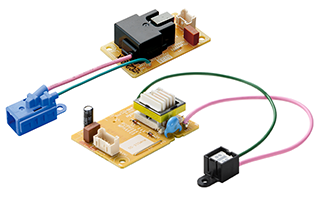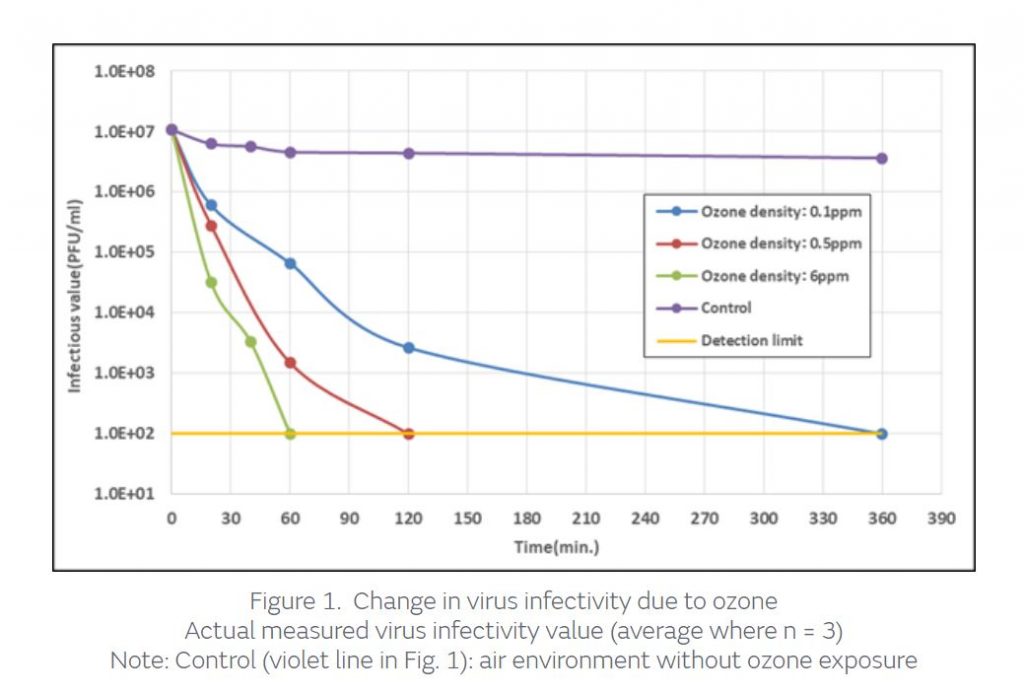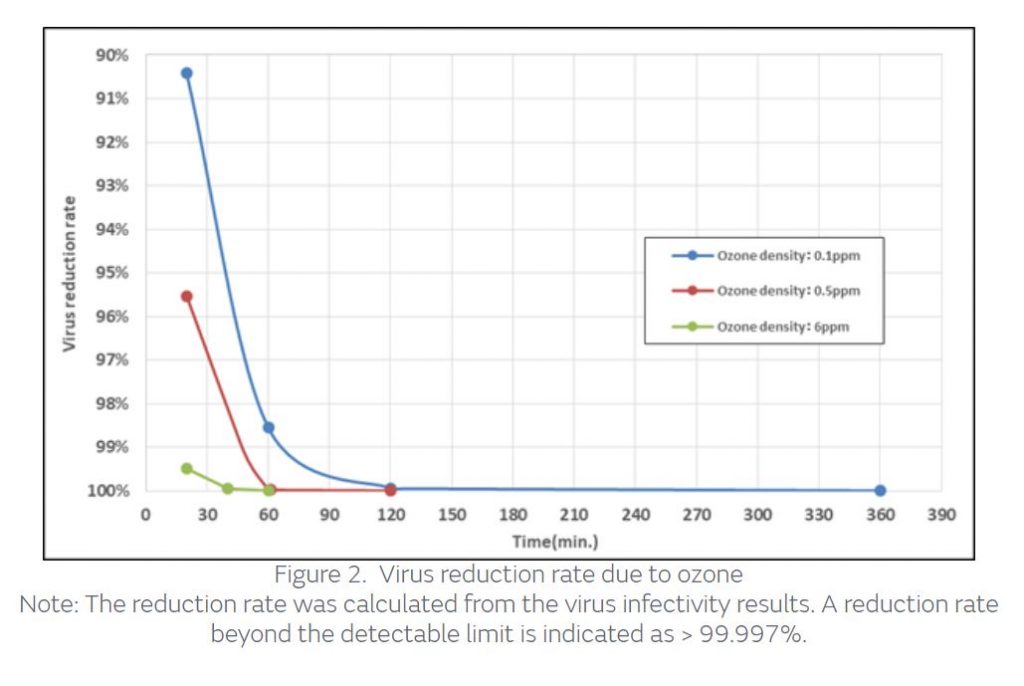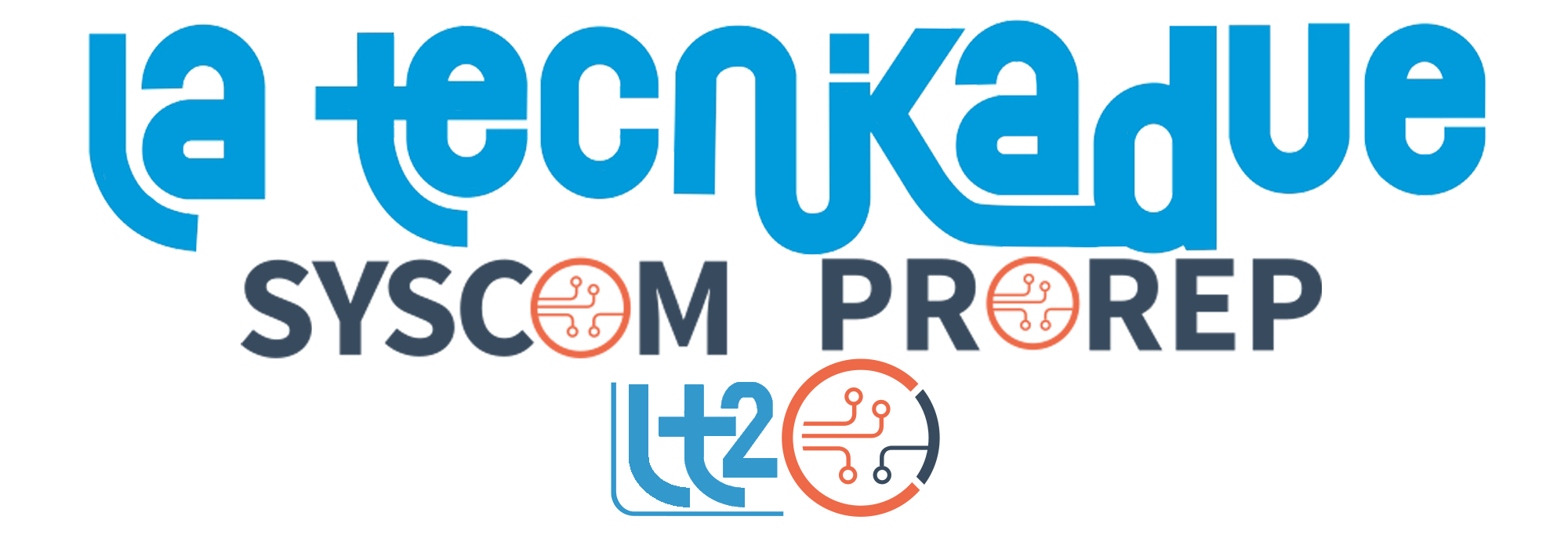
Murata Manufacturing Co., Ltd. (hereinafter, “Murata”) commissioned Nara Medical University to research the effectiveness of ozone gas generated by Murata’s Ionissimo ionizer module*1 and ozonizer module*2 (hereinafter, “the products”) in inactivating the novel coronavirus (SARS-CoV-2*3). The ozone gas generated by the products was proven to be effective in inactivating the coronavirus (SARS-CoV-2). This confirmation of the Ionizer Module’s effectiveness was conducted using an airtight testing chamber; its effectiveness in an actual usage environment, outside the testing chamber, has not yet been tested.
Tested products
Ionizer modules: MHM306 series and MHM402 series
Ozonizer modules: MHM500 series
Testing contractor
Nara Medical University, Department of Microbiology and Infectious Diseases, School of Medicine (Professor Hisakazu Yano and Professor Ryuichi Nakano)
Confirmation of effectiveness of the Ionissimo Ionizer Module in inactivating the novel coronavirus
Data
• Testing period: August to September 2020
• Subject: Novel coronavirus (SARS-CoV-2)
Methodology
• 20 ?l of fluid containing the virus was applied to a petri dish and left to stand until dry.
• The test piece containing the virus was left to stand in a 6.7-liter airtight chamber and exposed for a fixed period of time to ozone generated by the ozonizer and propelled by a fan.
• Only a single test piece was placed in the chamber and removed when the reaction time had elapsed.
• After the test piece was removed, the procedure was reset and a new test piece placed in the chamber, with the reaction time starting again from 0 minutes.
• After the reaction time had elapsed, 2 ml of SCDLP culture medium*4 was dripped onto the test piece, and a cell scraper was used to collect the virus.
• The collected fluid was used to infect Vero E6/TMPRSS2*5 cells, and the virus infectivity*6 (PFU/mL) was measured using a plaque assay*7.
• Test pieces not exposed to ozone were used as a control.
• The test was carried out three times in the following environment: humidity 50.0% to 59.7%; and temperature 19.6°C to 21.8°C.
• The ozone concentration value was measured beforehand with no test piece present.
Results
It was confirmed that at least 99.9% of the virus became inactive following exposure for 120 minutes to a concentration of 0.1 ppm, which is the acceptable ozone concentration designated by the Japan Society for Occupational Health.
Note: The present confirmation of effectiveness was conducted using the products in a testing chamber environment and does not indicate effectiveness in an actual installation/usage environment.



Notes
1. Ions are generated by applying a high-voltage direct current to needle-shaped electrodes (metal wires about 70 µm thick). The ions are electrically charged, and the charge catches tiny floating particles by Coulomb force. At the same time, Murata’s ionizers have electrodes formed on a ceramic board surrounding the needle-shaped electrodes, and these generate ozone. The oxidizing power of the ozone effectively disinfects and eliminates odors.
2. Ozone is efficiently generated by applying a high-voltage alternating current to electrodes formed on a ceramic board. The oxidizing power of the ozone effectively disinfects and eliminates odors.
3. Severe acute respiratory syndrome coronavirus 2, abbreviated as SARS-CoV-2. It causes coronavirus disease 2019 (COVID-19) and is related to the SARS coronavirus (SARS-CoV).
4. A fluid culture medium used to collect the virus.
5. A type of cell susceptible to infection by novel coronavirus.
6. The number of virus particles that are infectious to cells.
7. A method used to isolate or quantify a virus.
For more information visit below:
Ozonizer modules
MHM500
